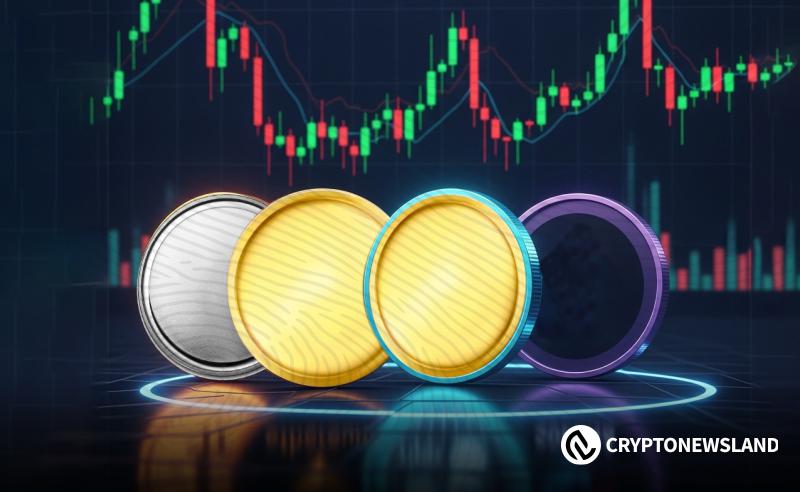
Pi needs a $74B market cap to hit $10—highly unlikely with current supply.
Price crashed 84% post-mainnet as early users rushed to cash out.
Massive user base fuels both adoption potential and constant selling pressure.
Millions waited for February 20, 2025, like crypto’s version of a moon landing. After years of tapping a button daily, Pi Network’s open mainnet finally launched. Many expected this to be the moment everything changed. Some hoped their virtual coins would instantly transform into life-changing wealth. A $10 price tag became the community's rallying cry. But what followed wasn’t liftoff—it was a hard reality check wrapped in hype, math, and market chaos.
https://twitter.com/johnmorganFL/status/1951127251484893455?t=KrXO6GL3POE3LSailPUX2A&s=19 Big Dreams, Bigger Supply
Pi’s tech feels user-friendly by design. It uses a modified Stellar Consensus Protocol. There’s no energy-hungry mining. You don’t solve puzzles—you build small “Security Circles” with trusted users. This simple model made adoption easy and fast. But that simplicity created a monster-sized supply. Pi has a max cap of 100 billion coins. Around 80% goes to the community. By early 2025, 7.4 billion coins had already entered circulation. For Pi to hit $10, the market cap would need to reach $74 billion.
That’s massive. It would place Pi next to Ethereum's ETH in value. And the problem doesn’t stop there. Billions more coins are set to unlock, putting even more weight on the price. After launch, Pi saw a quick spike. Then, the floor gave way. Prices crashed as early adopters rushed to cash out. Some reports claimed an 84% plunge. By mid-2025, Pi struggled to stay above $0.50. At writing time, it had slipped to $0.41 after falling from $2.80.
A Crowd Full of Pressure
Pi Network also faces trust issues. Critics slam the lack of smart contract features and call out the tight control over network nodes. The referral system drew MLM comparisons. And the mandatory KYC process raised privacy fears. Millions submitted face scans and IDs. Some users now question how secure that data really is. Pi’s biggest strength could also be its greatest weakness—an army of over 65 million users.
That’s a built-in audience most crypto startups would kill for. The team uses events like “PiFest” to push adoption and create real-world use cases. But that same crowd causes constant selling pressure. Early users hold large amounts of Pi. Many didn’t pay for it. They’re tempted to cash in once trading opens up further. That can drive prices down fast. For Pi to hit $10, people need a reason to hold and spend—not dump.
The project must prove real-world value and utility. Adoption must spread beyond loyal fans. So, will Pi reach $10? The door isn’t closed, but the odds aren’t great right now. The path would require near-perfect timing, market excitement, and sharp execution. Until then, $10 feels less like a forecast and more like a fantasy.

